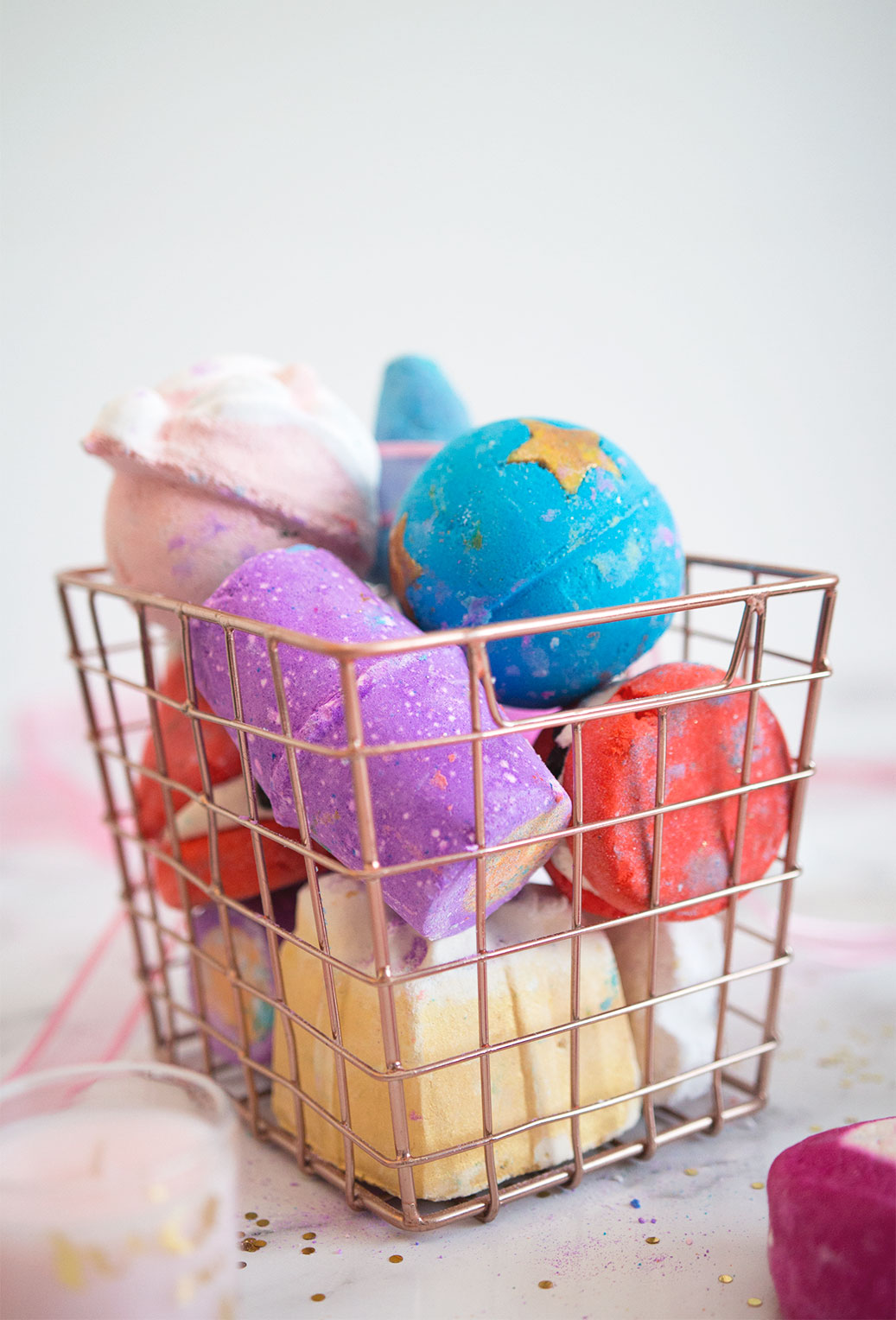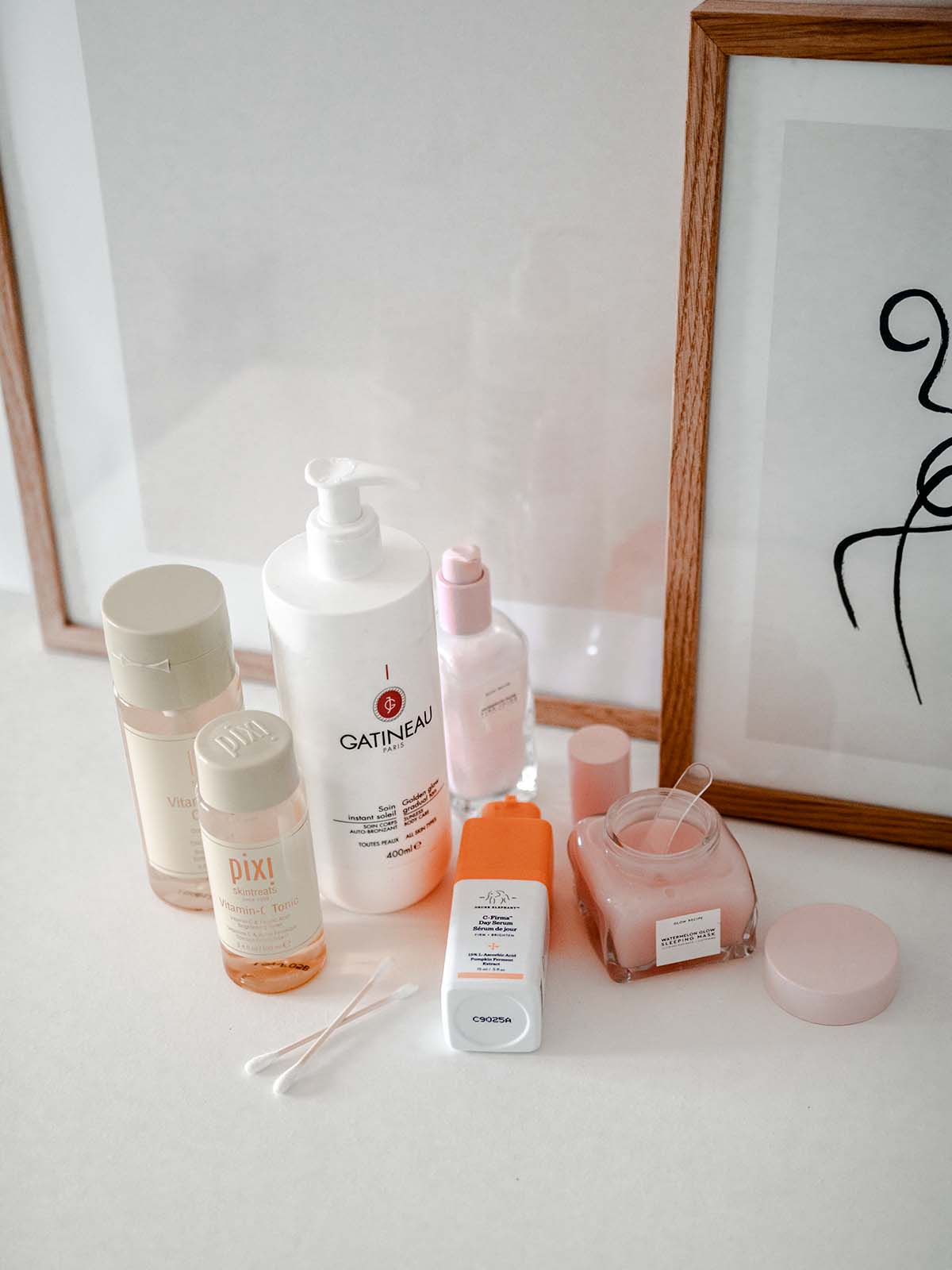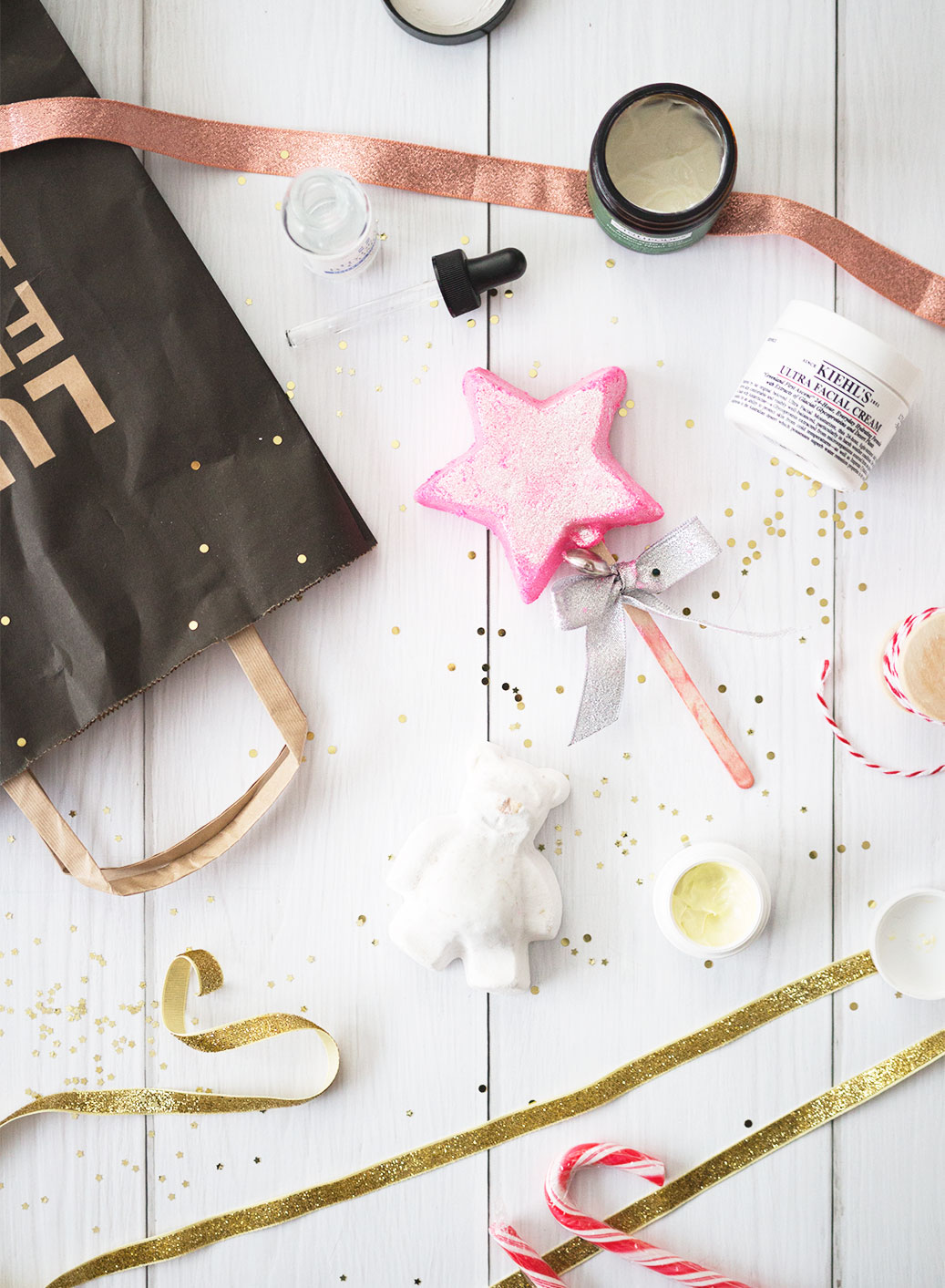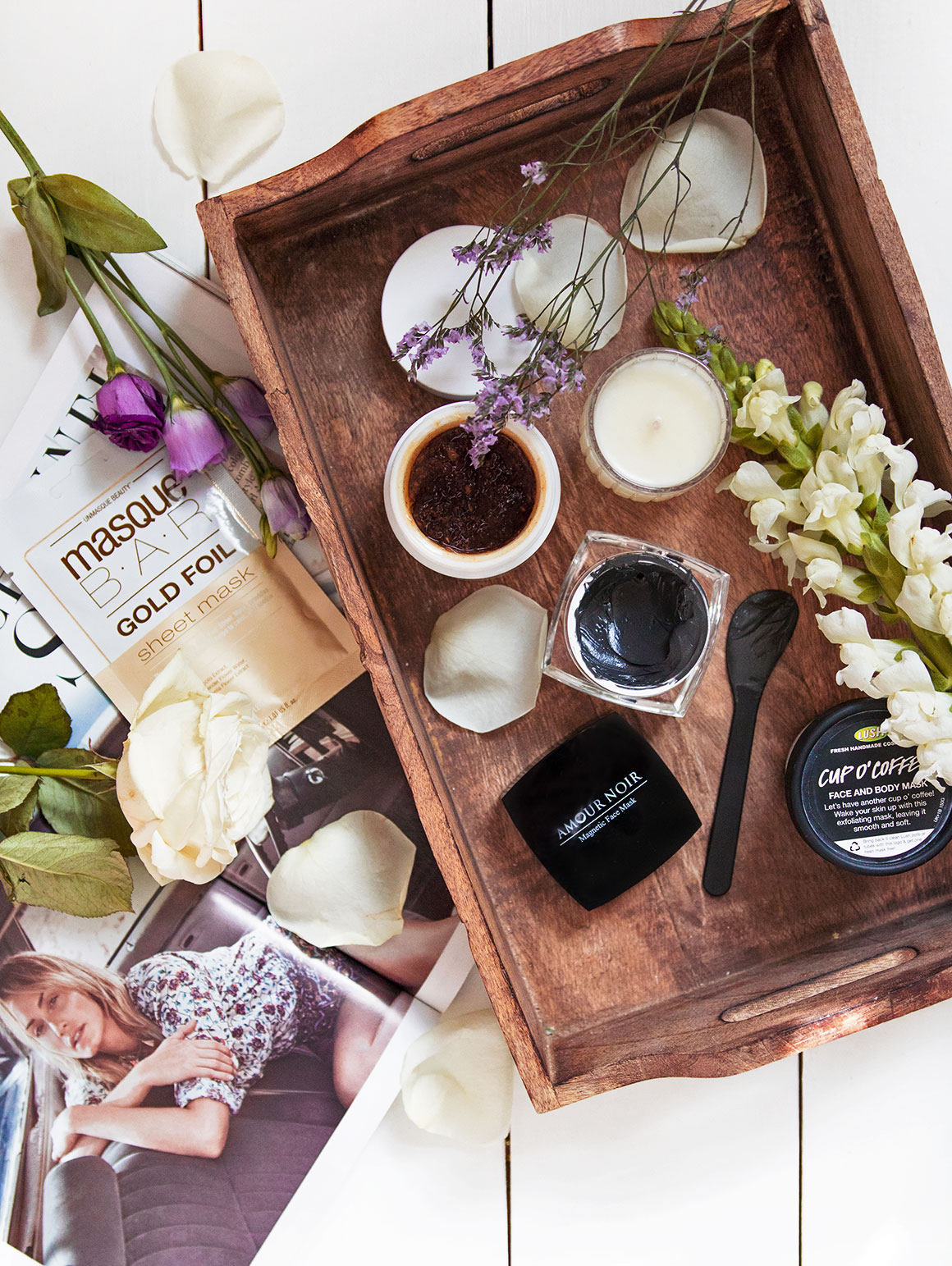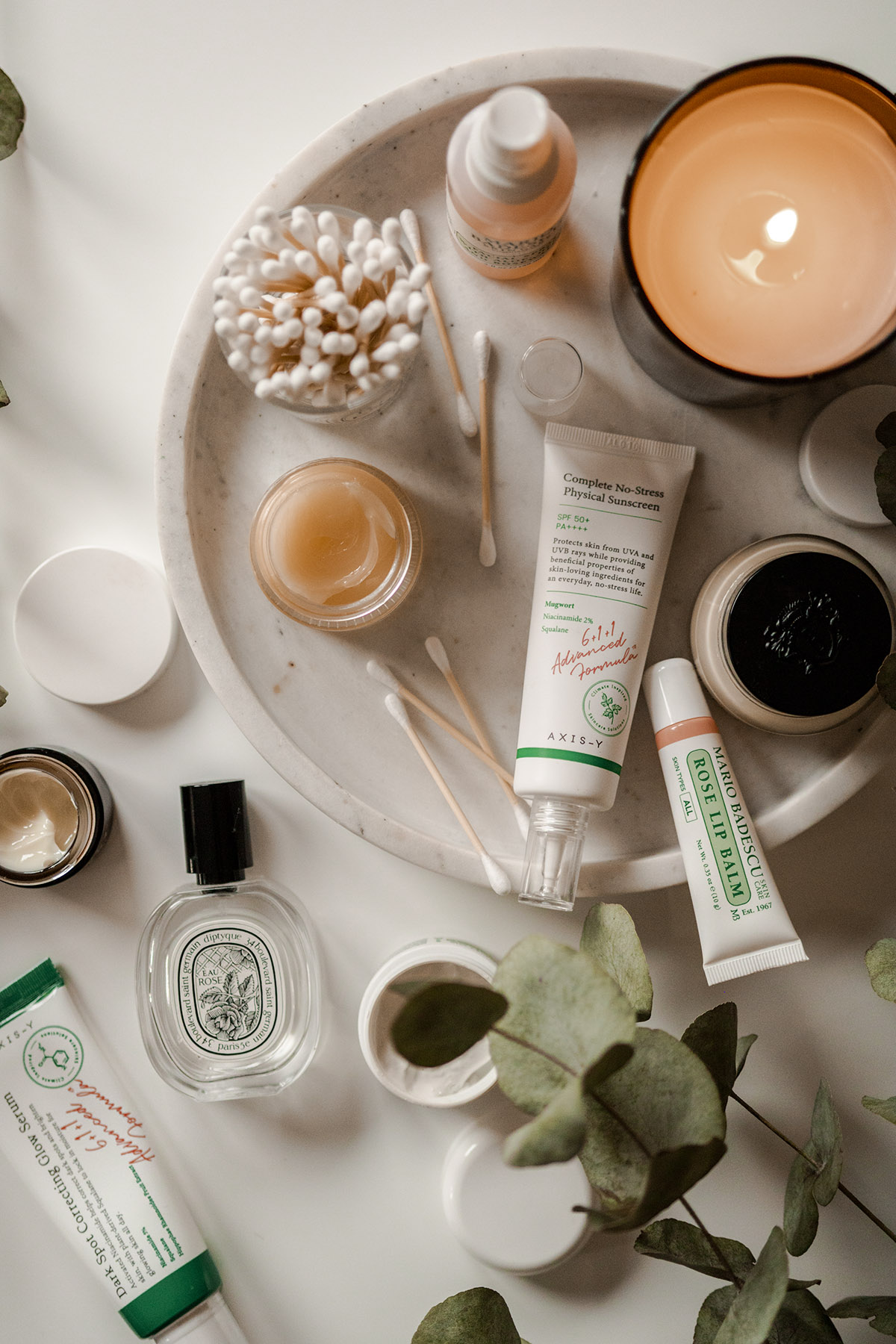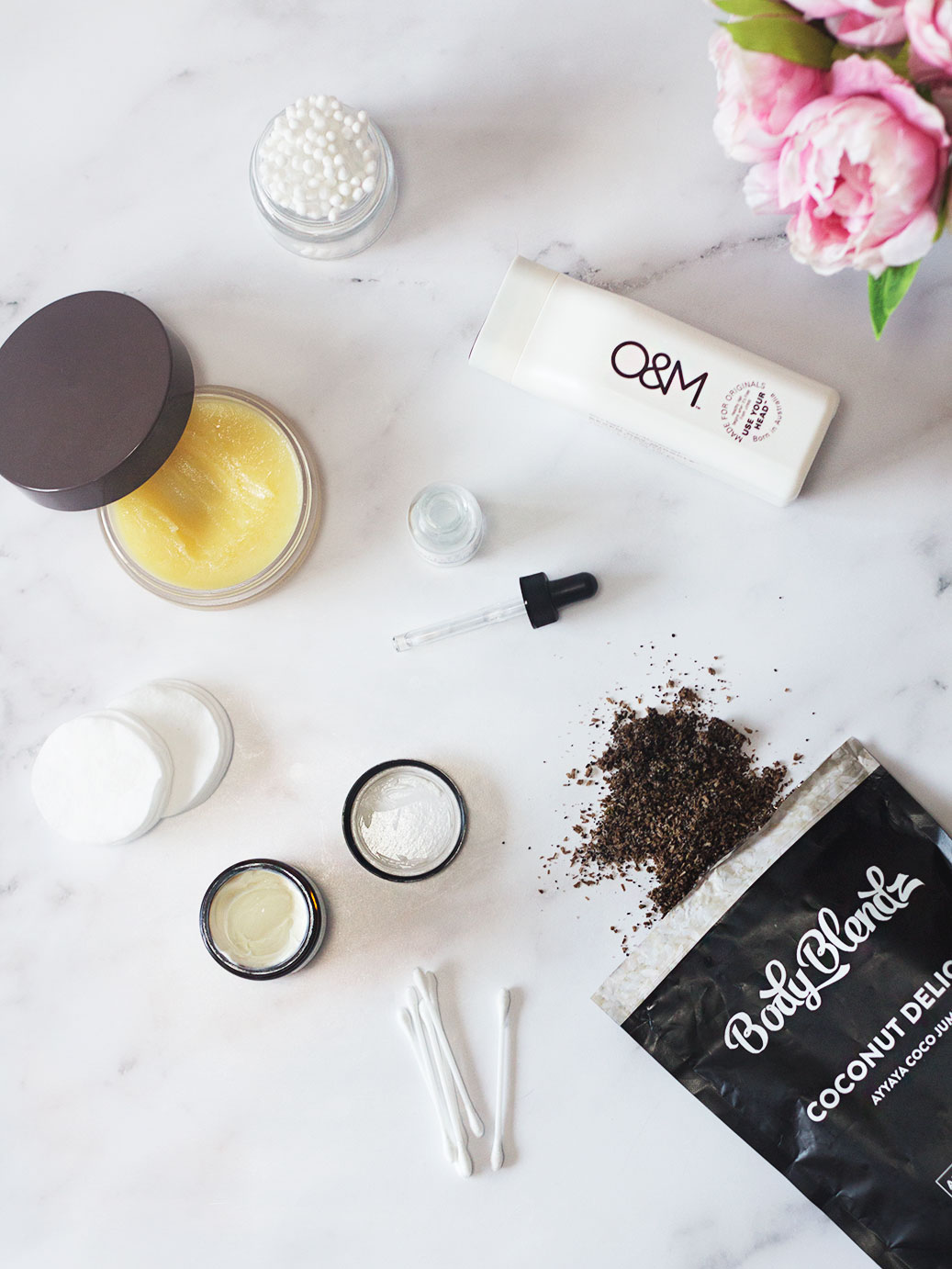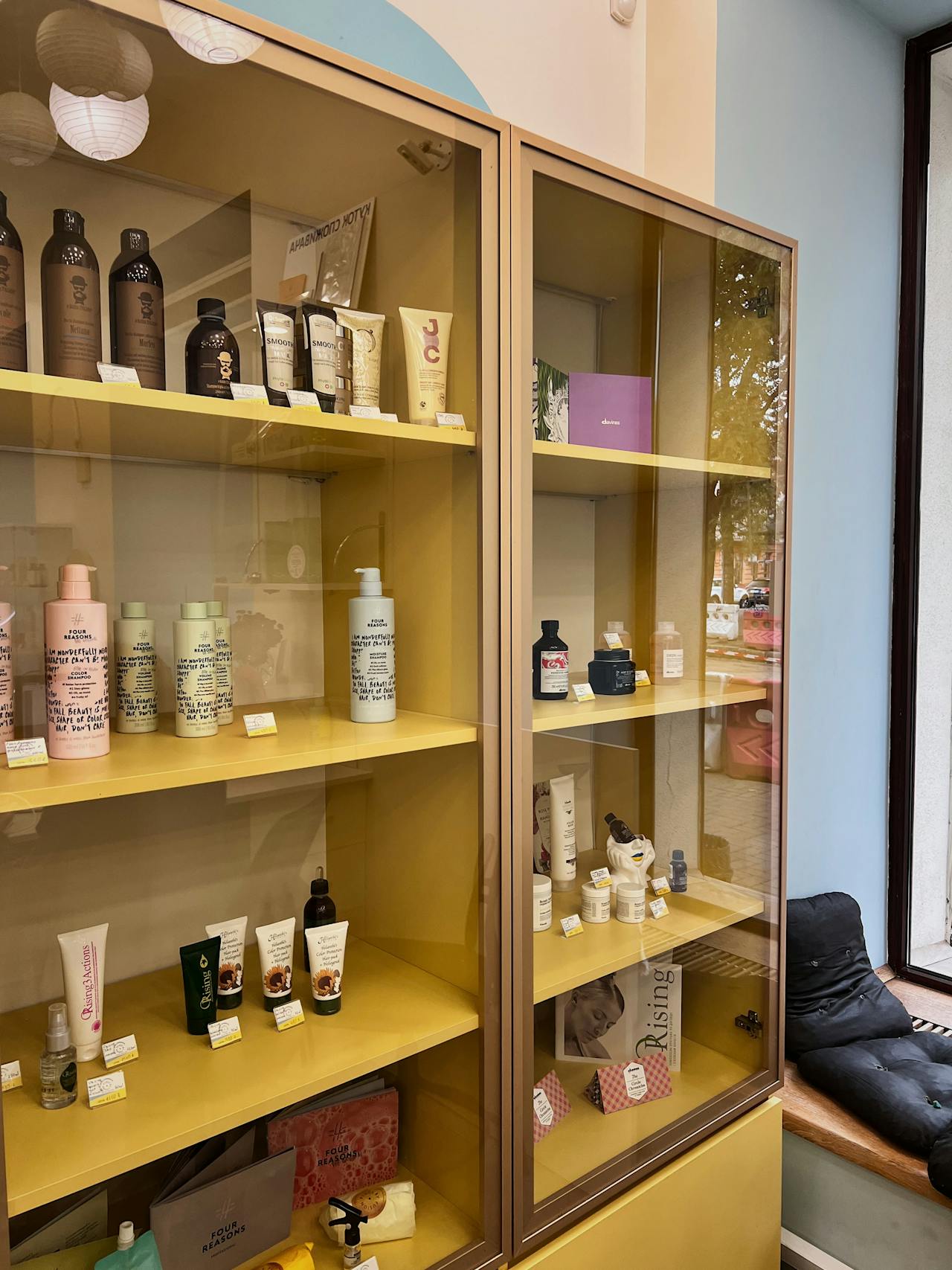
Your skincare cabinet might be one of the most neglected areas in your beauty routine, but it’s also one of the most important when it comes to keeping your skin safe and your products effective. Between expired serums, degraded moisturisers, and improper storage, there’s probably more lurking in your skincare cabinet and beauty drawers than you’d like to admit.
Don’t worry though – we’ve all been there. That serum from 2021 with the faded cosmetic packaging? Guilty. The half-empty moisturiser with a pump that barely works? Also guilty. The expired SPF you keep “just in case”? Triple guilty. But creating a safer, more organised skincare collection doesn’t require a complete overhaul – just a few smart swaps and some simple changes.
The key lies in understanding that cosmetic packaging expiry dates aren’t just marketing ploys – they’re genuine safety and effectiveness indicators that can make the difference between glowing skin and a nasty reaction. Many people overlook these crucial dates, but they’re your first line of defence against ineffective or potentially harmful products.
Your skincare products are investments in your skin’s health and appearance. Treating them with the same respect you’d give expensive electronics or fine wine means you’ll get better results and avoid unnecessary skin problems down the line.
Why Cosmetic Packaging Expiry Dates Really Matter
The dates on cosmetic packaging aren’t just suggestions – they’re scientifically calculated timeframes based on product stability testing. Beauty products lose their potency over time, and some can actually become harmful when they’re past their prime. That beloved vitamin C serum can harbour bacteria, whilst expired sunscreen offers little to no UV protection.
Cosmetic packaging expiry dates exist because ingredients can separate, bacteria can grow, and active compounds can become ineffective or even irritating over time. That expensive retinol treatment you bought last year? If it’s changed colour or consistency, those active ingredients have likely degraded and could potentially cause skin irritation rather than the benefits you’re after.
When manufacturers develop products, they conduct extensive stability testing under various conditions. These tests determine how long ingredients remain stable, effective, and safe. The dates on cosmetic packaging reflect these findings, accounting for factors like ingredient breakdown, preservative efficacy, and potential bacterial growth.
Start by pulling everything out of your skincare storage and checking each item thoroughly. Look for the small jar symbol with a number followed by ‘M’ – this tells you how many months the product is good for after opening. A ’12M’ means use within 12 months of opening, regardless of the manufacturing date printed elsewhere on the cosmetic packaging.
Some products also display a ‘best before’ date, usually shown as a small hourglass symbol followed by a date. This indicates when the product should be used by, even if unopened. Pay particular attention to these dates on products you don’t use regularly – that special occasion treatment might be past its prime by the time you reach for it.
Make it a habit to check cosmetic packaging expiry dates every six months. Pop a reminder in your phone for when the clocks change – it’s an easy way to remember to audit your entire beauty collection.
Understanding Different Skincare Product Lifespans
Not all skincare products are created equal when it comes to shelf life. Eye creams and treatments have some of the shortest lifespans at just 6-12 months after opening, due to their delicate formulations and proximity to the sensitive eye area. Moisturisers and cleansers typically last 12-18 months, whilst powder-based products can often be used safely for up to two years.
Natural and organic skincare products often have significantly shorter shelf lives than conventional products because they contain fewer preservatives. Their cosmetic packaging expiry dates are particularly important to follow, as natural ingredients can harbour bacteria more easily once expired. That expensive organic face oil might only last 6 months after opening, compared to 12 months for a conventional alternative.
Sunscreen deserves special mention here – not only does it expire, but its effectiveness degrades significantly over time. Most sunscreens are only effective for 12 months after opening, and the cosmetic packaging should clearly state this. Using expired sunscreen is worse than using none at all, as it provides a false sense of security whilst leaving your skin vulnerable to UV damage.
Active ingredients like retinol, vitamin C, and glycolic acid are particularly susceptible to degradation. These powerhouse ingredients that transform your skin can become ineffective or irritating once they’ve broken down. The cosmetic packaging for these products often includes specific storage instructions to maximise their shelf life.
Water-based products generally have shorter shelf lives than oil-based ones, as water provides an ideal environment for bacterial growth. Serums, toners, and gel moisturisers fall into this category and should be monitored closely for signs of contamination or degradation.
Storage Solutions That Preserve Your Investment
Your bathroom might seem like the obvious place for your skincare products, but all that steam and heat from showers can actually damage cosmetics and accelerate their degradation. Most beauty products need to be stored in cool, dry conditions – somewhere between 15-25°C with low humidity.
Temperature fluctuations are one of the biggest enemies of skincare stability. That daily cycle of hot, steamy showers followed by cooler periods creates an environment that breaks down active ingredients faster than is accounted for in expiry dates.
If you must keep items in the bathroom, choose storage furthest from the shower and ensure containers are properly sealed. Better yet, consider moving your daily skincare routine products to a bedroom drawer or dressing table where temperature and humidity remain more stable.
Temperature-sensitive items like vitamin C serums, retinol treatments, and some natural products benefit from refrigeration. Many premium skincare brands actually recommend refrigerator storage to maintain potency and extend shelf life beyond the standard cosmetic packaging expiry dates.
Create a dedicated shelf or small fridge section for these items so they don’t get mixed up with food. Some skincare enthusiasts invest in a mini cosmetic fridge specifically for this purpose – whilst it might seem excessive, it can significantly extend the life of expensive treatments and ensure you get the full benefit of active ingredients.
Avoid storing products in direct sunlight or in a skincare cabinet that’s near heat sources like radiators or windowsills. UV light breaks down many skincare ingredients, which is why many premium products come in dark or opaque cosmetic packaging.
The Science Behind Glass Packaging
The type of cosmetic packaging your products come in actually matters significantly for safety and freshness. Glass packaging bottles provide superior protection compared to plastic, offering better barriers against moisture, oxygen, and light that can degrade skincare products.
This is particularly relevant for products with active ingredients like vitamin C, retinol, or peptides. Many high-end skincare brands come in dark glass packaging specifically to preserve these ingredients and extend shelf life beyond standard cosmetic packaging expiry dates.
Glass doesn’t react with ingredients the way some plastics can, making it the gold standard for preserving product integrity. When you see premium serums and treatments in amber or cobalt glass bottles, it’s not just for aesthetics – it’s engineered protection for sensitive formulations.
If you’re decanting products into your own containers for travel or organisation, glass is the safer choice for maintaining product integrity. Those beautiful amber glass bottles aren’t just aesthetically pleasing – they’re designed to preserve contents better than plastic alternatives and protect light-sensitive ingredients from degradation.
The same principle applies to essential oils and natural skincare treatments. When you’re storing DIY face masks or oil blends in your skincare cabinet, glass containers help maintain their potency longer and reduce the risk of contamination that can occur with some plastic containers.
Some advanced cosmetic packaging now includes airless pump systems that prevent oxidation and contamination. These systems, often combined with glass containers, can significantly extend product life and maintain efficacy right up to the expiry date.
Smart Organisation for Healthier Skin
A well-organised skincare cabinet isn’t just aesthetically pleasing – it’s safer and more efficient. When you can quickly find what you need, you’re more likely to use products before they expire and less likely to accidentally use something past its prime.
Group products by function rather than brand: cleansers together, treatments in order of application, moisturisers by time of day, and SPF products easily accessible. This system helps you maintain a consistent routine whilst keeping track of what needs replacing.
Use drawer dividers or small containers in your skincare cabinet to keep everything contained and easy to see. Clear acrylic organisers work particularly well as they allow you to spot changes in product colour or consistency that might indicate degradation.
Label everything clearly with the date you opened items, especially those with short shelf lives after opening. A simple piece of masking tape with the opening date works perfectly for expensive serums and treatments where you want to maximise the usage period indicated on cosmetic packaging.
Consider creating a “use first” section for products approaching their cosmetic packaging expiry dates. This visual reminder helps ensure you get the most value from your skincare investments and don’t waste products that are still safe to use.
Keep a simple inventory list on your phone or in a notebook. This prevents duplicate purchases and helps you track which products work well for your skin. Include purchase dates, opening dates, and notes about effectiveness.
Stay informed about proper usage and storage for new products. Many brands provide detailed information on their websites about how to maximise product life and effectiveness.

